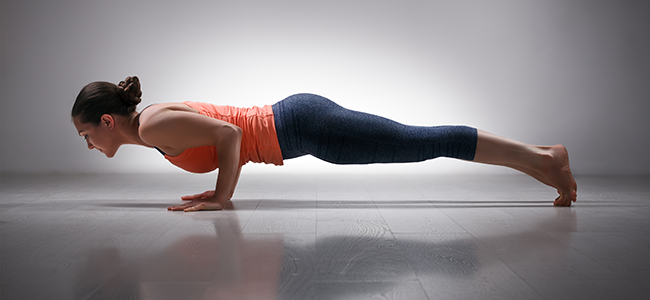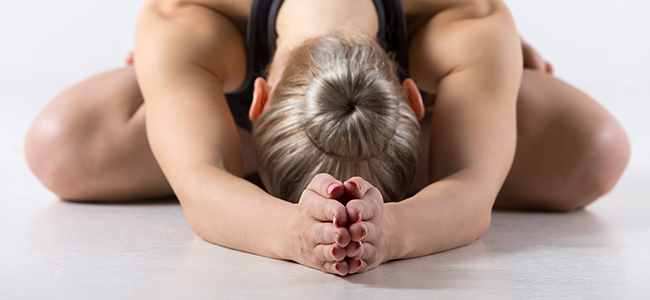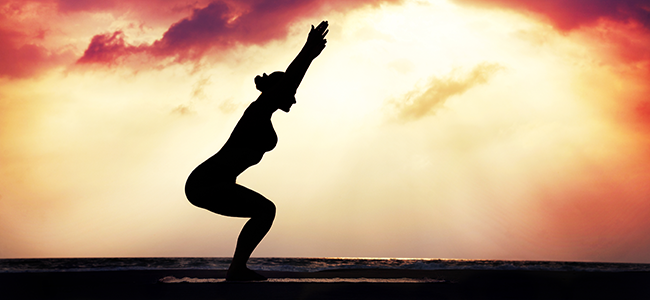You’ve probably heard about the health benefits of yoga. Some of the more obvious ones include increased flexibility, improved muscle tone, and greater mindfulness (both on and off the mat). If you’re new to yoga, what you may not know is that some types of yoga can provide a solid cardiovascular workout and help with weight loss. Read on to find out which type of yoga best suits your fitness goals, and then try a class tomorrow to celebrate International Yoga Day.

If Your Goal Is Cardio: Try Vinyasa Yoga
“Flow” stands out as the defining characteristic of vinyasa yoga (so much so that the style gets called “flow yoga”). What is flow? It’s timing the transitions from posture to posture with each inhalation and exhalation of breath. This rapid sequencing of movements elevates the heart rate and warms the body, making the deep static stretches that come at the end of class easier to access. Power yoga, Baptiste yoga (named for founder Baron Baptiste), and ashtanga yoga all incorporate flow, along with features such as heat and proprietary sequences.

If Your Goal Is Flexibility: Try Bikram Yoga
If you want to develop flexibility and can tolerate 90 minutes in a room heated to 105 degrees (plus humidity), then Bikram yoga will get you there quickly. The intense heat reportedly makes muscles more malleable, allowing students to go deeper into backbends and leg stretches. Some also say it produces a euphoric, drug-like effect, which may explain why this type of yoga has such a devoted following. Each class consists of the same 26-posture sequence, developed and vehemently protected by founder Choudhury Bikram.

If Your Goal Is Restorative: Try Yin Yoga
Yin yoga is one of the gentlest forms of yoga. A typical class may consist of only five poses, each held for an extended period and bolstered by props, such as blocks and mats. Don’t let the passive practice fool you, however: yin yoga can have dramatic results. The long holds target the connective tissue of the body, creating opening in areas of tightness. For this reason, many athletes and individuals with injuries or back pain turn to yin yoga. But another benefit of the slow pace comes in achieving a peaceful, meditative state.

If Your Goal Is Spiritual: Try Kundalini Yoga
The physical postures we most commonly associate with yoga are actually just one of eight aspects of a broader spiritual practice. While many types of yoga will introduce some of these other spiritual concepts, kundalini brings them to the fore. In addition to asana (physical movement), classes incorporate pranayama (breath work), meditation, and chanting. No wonder students call it the “yoga of awareness.”

If Your Goal Is Posture: Try Iyengar Yoga
Iyengar yoga is another school with a prominent leader: B.K.S Iyengar, whose book Light on Yoga has become required reading for serious yogis. The first thing you’ll notice about an Iyengar class is the steadfast focus on posture, which teachers will correct with an array of props (blocks, blankets, straps, chairs, bolsters, and even rope walls) as well as their own physical touch. In this regard, Iyengar presents a great option for aspiring yogis, as it allows them to develop the proper alignment before trying more rapid-fire styles, thus helping to prevent injury.
